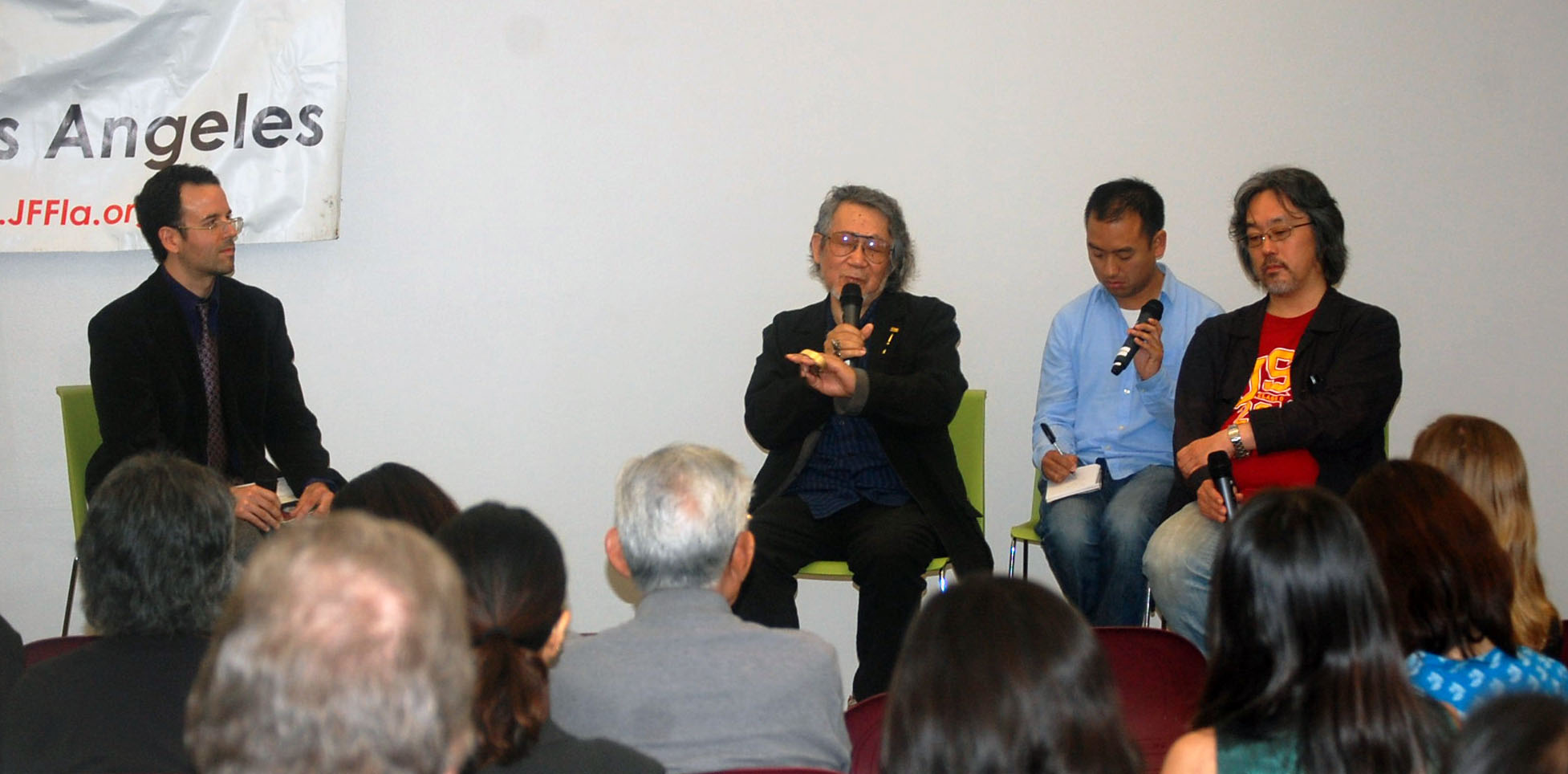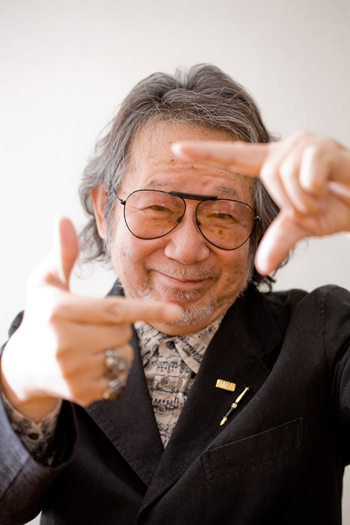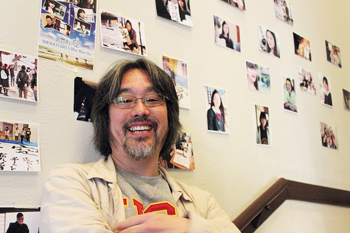


By setting and shooting so many films there, Obayashi made Onomichi famous, much to the consternation of Japan’s architectural modernizers. Audiences saw his hometown’s unusual abundance of wood-and-paper homes, the old-fashioned kind which Tokyo lost in the Second World War, and felt dissatisfied with the concrete replacements that had risen seemingly all at once during the country’s postwar period of uniquely rapid cultural change. Onomichi’s government, which had considered no less a master than Yasujiro Ozu “the biggest fool in the world” (in Obayashi’s words) for shooting the nostalgic Tokyo Story there, took a similarly dim view of Obayashi’s films, thinking them an irritating impedance to new, Western-style construction. Yet when the filmmaker made appearances in cities all over Japan, their citizens would all ask him the same question: “How do we rebuild our town to look like Onomichi?” He advised them not to, and instead to maximize the good in the build environment they already had. “They didn’t listen,” he added.
The northern towns affected by the Tohoku earthquake and tsunami, Obayashi explained, had, like Onomichi, been considered officially “backward.” Yet after the event, he sensed in them a resilient Japanese nature that more modernized cities may no longer understand. He described the film industry coming to a “screeching halt” as the whole country realized that economic growth hadn’t protected them from disaster. During this period of reflection, representatives of the northeastern city of Nagaoka came to Obayashi, asking him to shoot a film there. Inspired by the persistence of old lifestyles in Nagaoka and the anti-war resolve of the town’s Grand Fireworks Festival, Obayashi made Casting Blossoms to the Sky, his latest picture. “I’m an entertainer, but at heart a journalist,” the filmmaker said, describing his furusato films as not just about hometowns but about Japan’s very history and spirit, and whether the Japanese can protect it from the tendency to forget. “Even in a thoroughly modernized society, you find this spirit. I want to find it and present it, entertainingly.”
American Graffiti and California. Good Will Hunting and Boston. Strawberry Fields and Wakayama. Some films are synonymous with their locations. When you’re young and impressionable, your hometown is your entire world, defining every aspect of existence. Your old neighborhood is everything you know, and the people there are never quite like anyone else. As Bruce Springsteen said, “Son, take a good look around - this is your hometown.” When these relationships are reflected on film, they become universal yet also indelible, impossible to imagine in any other place.
These nostalgic themes are especially powerful in Japanese cinema. In Japan, regional variations in scenery, dialect, and cuisine are vividly pronounced, and people often retain a deep emotional connection to their hometowns throughout their lives.
Award-winning directors Nobuhiko Obayashi and Takafumi Ota, making a special visit from Japan, will discuss the emotional power of setting in film, with a Q&A to follow.
 A native of Onomichi City, Hiroshima Prefecture, Obayashi began making movies after he came upon a film projector in a closet in his house one day when he was three years old at the height of the Pacific War. He is known for his groundbreaking experimental works and memorable commercials as well as his features, including the hit horror thriller “House” and the crime mystery “The Reason,” which was an official selection at the 2005 Berlin International Film Festival. Obayashi is also acclaimed for his coming-of-age films such as “I Are You, You Am Me,” part of his “Onomachi Trilogy” shot in his hometown. His latest release, “Casting Blossoms to the Sky” (2012), addresses the devastating earthquake and tsunami of March 11, 2011.
A native of Onomichi City, Hiroshima Prefecture, Obayashi began making movies after he came upon a film projector in a closet in his house one day when he was three years old at the height of the Pacific War. He is known for his groundbreaking experimental works and memorable commercials as well as his features, including the hit horror thriller “House” and the crime mystery “The Reason,” which was an official selection at the 2005 Berlin International Film Festival. Obayashi is also acclaimed for his coming-of-age films such as “I Are You, You Am Me,” part of his “Onomachi Trilogy” shot in his hometown. His latest release, “Casting Blossoms to the Sky” (2012), addresses the devastating earthquake and tsunami of March 11, 2011.
 Originally from Tanabe City, Wakayama Prefecture, Ota studied Hollywood filmmaking at the USC School of Cinematic Arts in 1985. Gaining experience and renown with several pop culture and horror film projects such as “Tales of Terror from Tokyo and All Over Japan” and working with teen idol music group Morning Musume, he went on to direct such films as the critically acclaimed breakout “Strawberry Fields,” screened at Cannes, and “Shodo Girls Blue Blue Sky,” shown at the Los Angeles Japan Film Festival in 2011. Both of these films were shot in his hometown.
Originally from Tanabe City, Wakayama Prefecture, Ota studied Hollywood filmmaking at the USC School of Cinematic Arts in 1985. Gaining experience and renown with several pop culture and horror film projects such as “Tales of Terror from Tokyo and All Over Japan” and working with teen idol music group Morning Musume, he went on to direct such films as the critically acclaimed breakout “Strawberry Fields,” screened at Cannes, and “Shodo Girls Blue Blue Sky,” shown at the Los Angeles Japan Film Festival in 2011. Both of these films were shot in his hometown.
